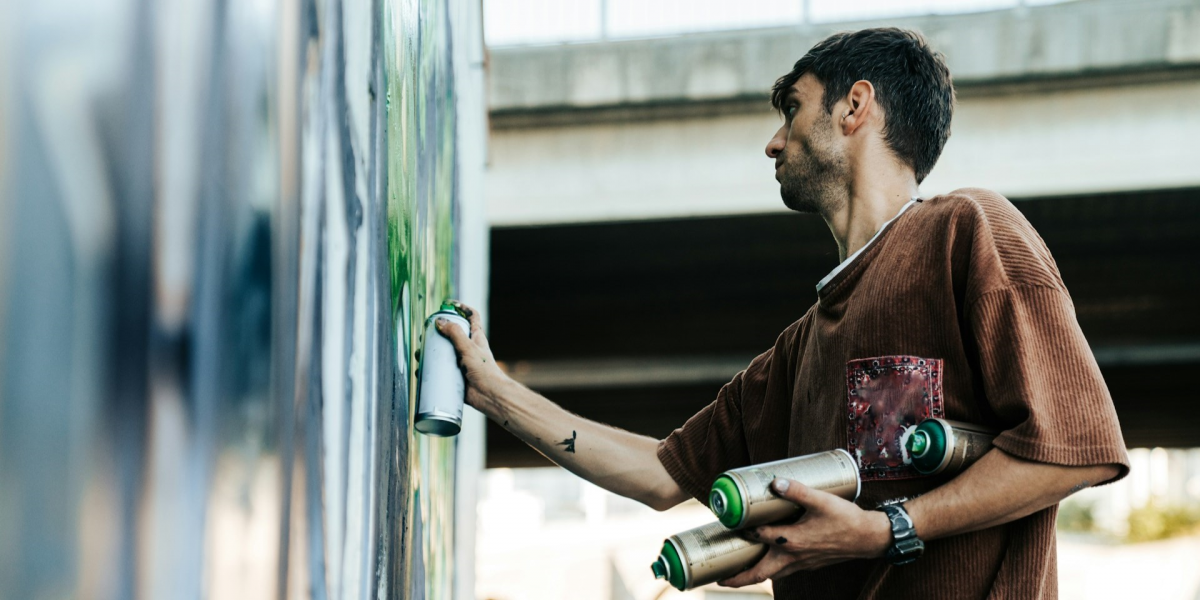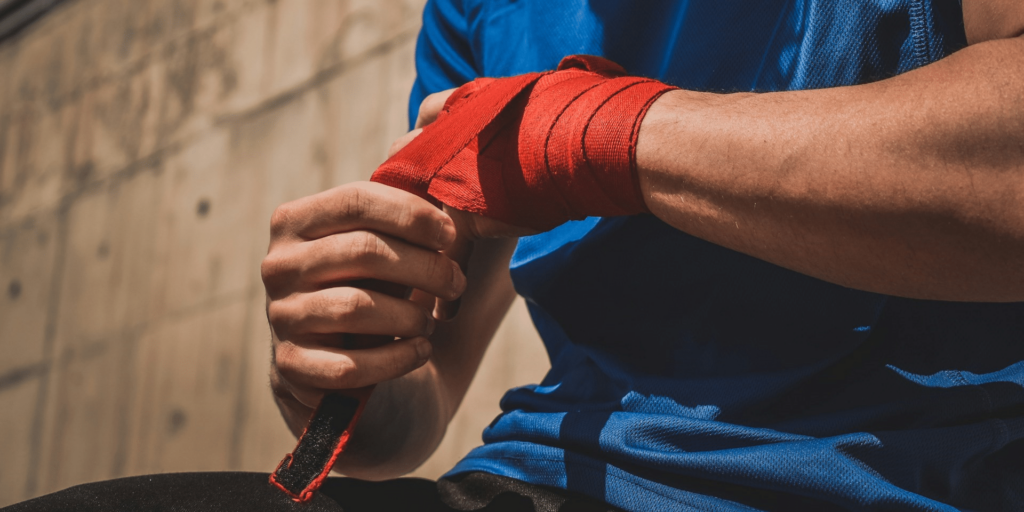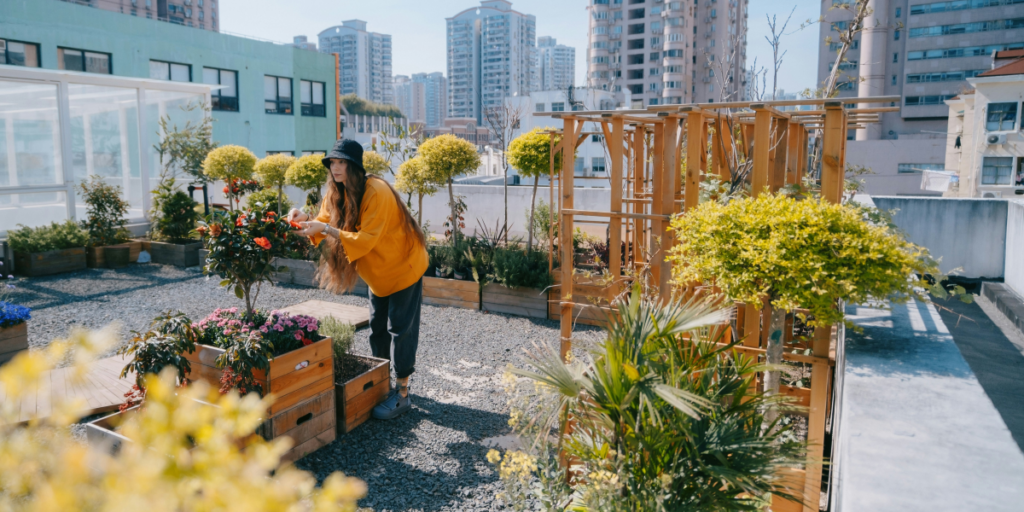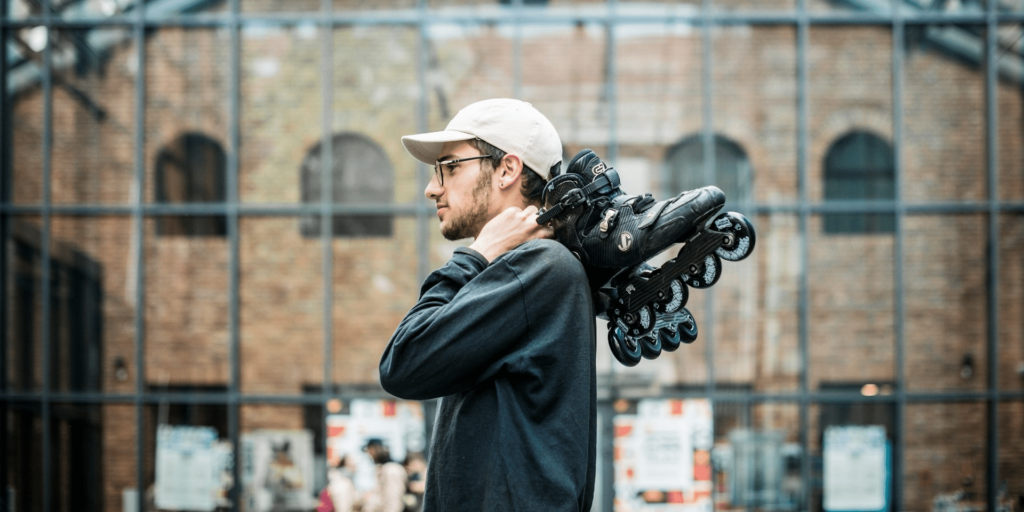Spray painting can be an efficient and effective way to cover surfaces, but it also comes with certain health risks due to the chemicals and particles involved. Wearing a mask while spray painting is essential for protecting your respiratory system and overall health. This article covers the main reasons why wearing a mask is crucial during spray painting, including the health risks, protection from volatile organic compounds (VOCs), environmental factors, and best safety practices.
Health Risks of Inhalation: Protecting Your Respiratory Health
One of the primary reasons for wearing a mask while spray painting is to protect yourself from the health risks associated with inhaling toxic fumes and particles. Spray paint releases small particles into the air that can be easily inhaled. These particles can irritate the respiratory system, leading to coughing, wheezing, and shortness of breath. Prolonged exposure to spray paint fumes can lead to more severe health issues, such as asthma and other chronic respiratory conditions.
In addition to immediate respiratory irritation, long-term exposure to spray paint chemicals can have serious effects. Some of the chemicals found in spray paints are known carcinogens, which can increase the risk of lung cancer over time. Wearing a mask reduces the amount of paint particles and fumes you inhale, helping to protect your lungs and reduce the risk of these long-term health issues.
Protection from Volatile Organic Compounds (VOCs): Minimizing Chemical Exposure
Spray paints contain various chemicals known as volatile organic compounds (VOCs), which include toluene, acetone, xylene, and other solvents. VOCs are harmful when inhaled, as they can affect the respiratory system, central nervous system, and overall health. Even brief exposure to high concentrations of VOCs can lead to symptoms such as headaches, dizziness, nausea, and fatigue.
Long-term exposure to VOCs can be even more dangerous, leading to damage to organs such as the liver and kidneys and impacting the central nervous system. By wearing a mask designed to filter out VOCs, such as a respirator with cartridges rated for chemical fumes, you can significantly reduce the amount of toxic chemicals you breathe in. This is especially important for professional painters and frequent DIY enthusiasts who work with spray paint regularly.
Eye and Skin Protection: Avoiding Irritation and Health Risks
Wearing a mask can also contribute to protecting the eyes and skin, particularly if you choose a mask that includes a face shield or goggles. Spray paint particles and fumes can irritate the eyes, causing redness, tearing, and discomfort. A mask with a full face shield protects the eyes from exposure, minimizing irritation and preventing paint particles from coming into contact with sensitive skin around the eyes.
In addition to eye protection, masks can reduce skin irritation that may occur from airborne particles settling on exposed skin. While a mask does not cover the entire body, it is an essential part of an overall protective strategy, which should also include gloves and long sleeves to avoid skin contact with potentially harmful chemicals. Together, these protective measures help reduce the risk of irritation and health problems related to spray paint exposure.
Different Types of Masks for Spray Painting: Choosing the Right Protection
Not all masks provide adequate protection against spray paint fumes and particles. Choosing the right type of mask is essential for effective protection. Here are some common types of masks suitable for spray painting:
- N95 Respirators: These masks are designed to filter out particles and can be effective for occasional use. However, they do not provide sufficient protection against chemical fumes, so they are best used for light tasks or short projects.
- Half-Face Respirators: These respirators cover the nose and mouth and include replaceable cartridges designed to filter out VOCs and other harmful chemicals. They are effective for spray painting and offer good protection against both particles and fumes.
- Full-Face Respirators: Full-face respirators cover the entire face, including the eyes, offering additional protection from spray particles. This type of mask is ideal for professional use or larger projects, providing maximum filtration and a higher level of safety.
Each type of mask has its benefits and limitations, so it’s essential to choose the one that matches the intensity and duration of your spray painting project. For most DIY projects, a half-face respirator with VOC cartridges will provide adequate protection.
Environmental Factors: Ensuring Proper Ventilation
The environment in which you spray paint significantly impacts your level of exposure to harmful particles and fumes. Spray painting in a closed, unventilated area can increase the concentration of fumes, heightening the risk of inhaling toxic substances. If possible, always spray paint in a well-ventilated area, preferably outdoors. When painting indoors, open windows, use fans, or employ a ventilation system to increase airflow and disperse fumes.
Even in well-ventilated spaces, wearing a mask is still essential, as airborne particles can remain in the air long after you’ve finished painting. For indoor projects, consider using a respirator with VOC filters to ensure that you’re adequately protected, as ventilation alone may not be enough to eliminate all harmful fumes and particles.
Best Practices for Safe Spray Painting: Following Safety Protocols
While wearing a mask is essential, it’s only one part of a comprehensive safety approach to spray painting. Here are some best practices to follow for safe spray painting:
- Proper Mask Fit: Ensure that your mask fits snugly over your nose and mouth without gaps. An ill-fitting mask can allow fumes to leak through, reducing its effectiveness.
- Regular Breaks: If you’re working on a large project, take regular breaks to step outside of the painting area and get fresh air. This helps reduce prolonged exposure to fumes and allows you to check on your mask fit and other protective gear.
- Wear Protective Clothing: In addition to a mask, wear gloves, long sleeves, and goggles (if using a half-face respirator). This minimizes skin exposure and prevents accidental contact with paint particles and chemicals.
- Proper Storage and Disposal: Store spray paints in a well-ventilated area away from heat sources, as they are flammable. Dispose of empty cans and cleaning materials safely to avoid potential hazards.
- Clean and Replace Filters Regularly: If you’re using a respirator with replaceable filters, check them frequently and replace them as recommended by the manufacturer to ensure continuous protection.
Following these safety protocols helps minimize your risk of exposure and ensures that spray painting remains a safe activity, whether you’re a professional or a DIY enthusiast.
Prioritizing Safety with a Mask
Spray painting is a convenient and efficient way to apply paint, but it also comes with health risks. Wearing a mask is essential for protecting against toxic fumes, particles, and the long-term health impacts associated with spray paint chemicals. By choosing the right type of mask, ensuring a proper fit, and adhering to additional safety protocols, you can create a safer environment for yourself and those around you.
Whether you’re spray painting indoors or outdoors, prioritize your health by taking protective measures seriously. The simple step of wearing a mask can make all the difference in reducing exposure to harmful chemicals and ensuring that you can enjoy the results of your work without compromising your well-being.













